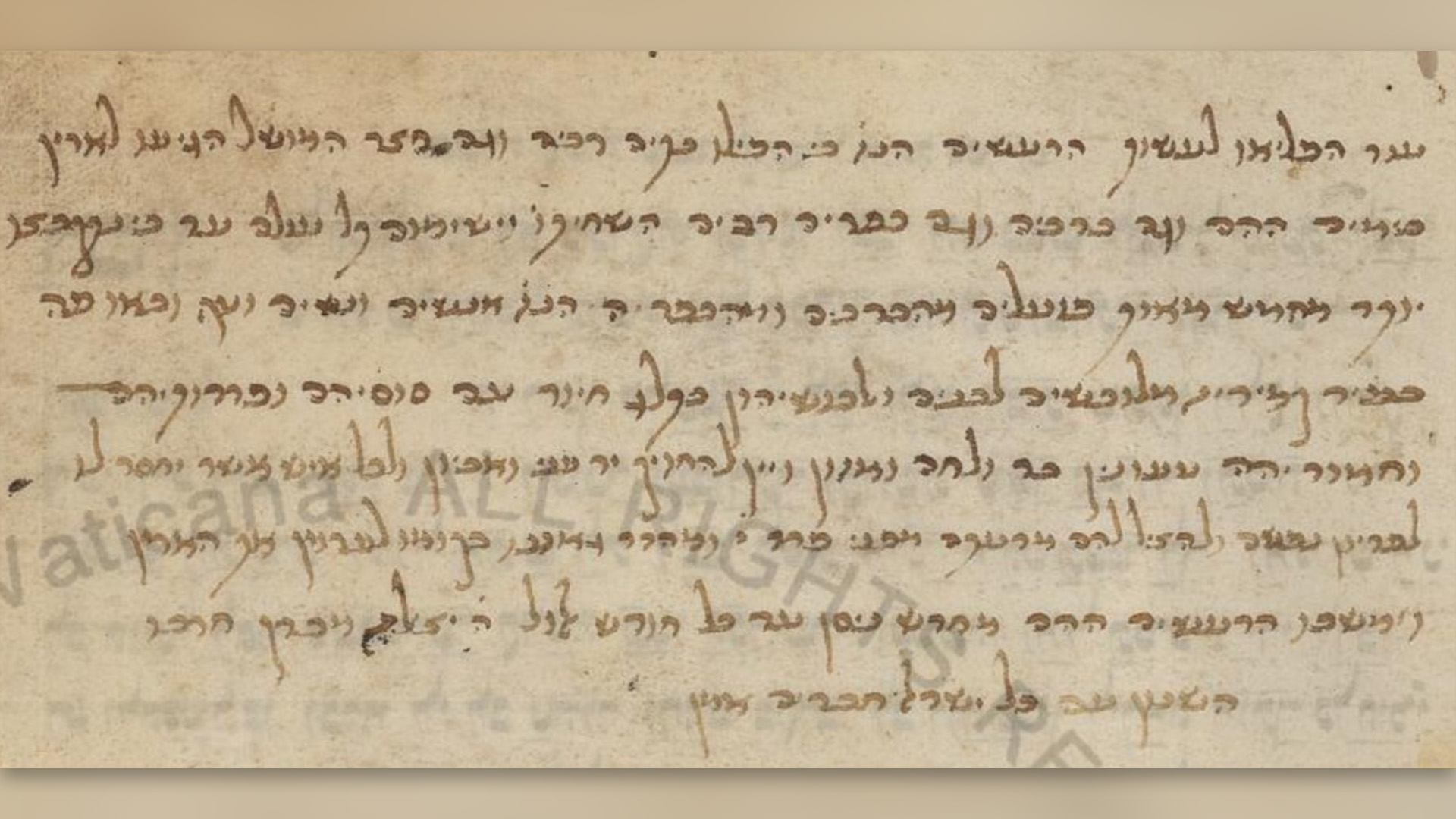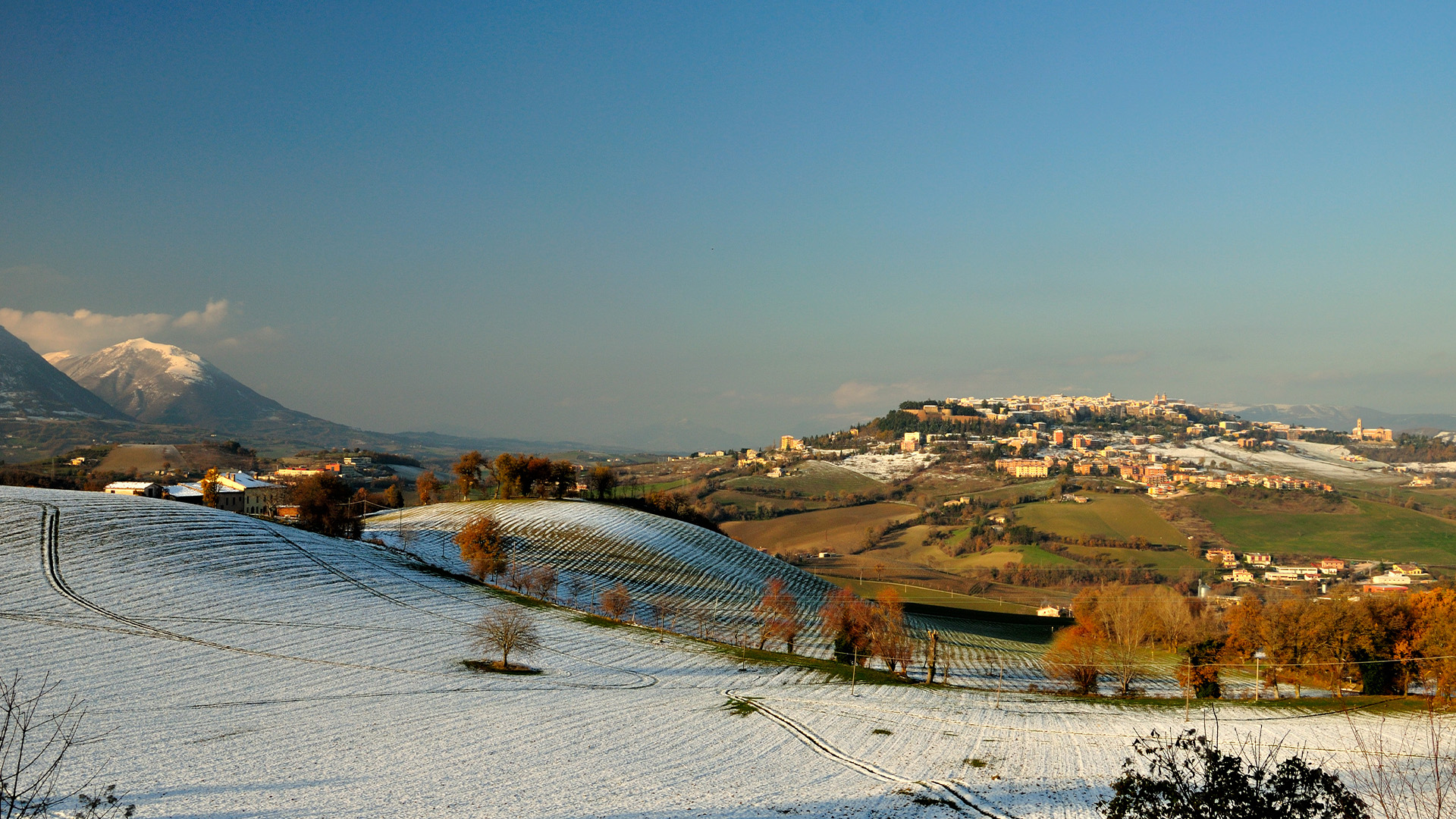
While searching the Vatican's historical records, a geologist made a surprise discovery: a note in a Jewish prayer book describing a swarm of previously unknown earthquakes in 15th century Italy. Seismologists say the discovery could help predict earthquakes today.
Paolo Galli, an earthquake expert who works for Italy's Department of Civil Protection, told Live Science that the prayer book, written in a medieval form of Hebrew, had been copied in the Apennine town of Camerino in 1446.
A flyleaf of the prayer book contained a handwritten note, probably from the same year, describing a swarm of earthquakes that had struck the region over several months, causing many houses in Camerino and nearby settlements to collapse, he said.
Galli was searching the Vatican Library for historical records from 1456, when a region farther south had been struck by a later swarm of earthquakes. Instead, his searches turned up the note, also written in Hebrew, that described the earlier earthquake swarm.
"While I was searching for news concerning one of the most catastrophic series of earthquakes in Italy, in 1456 … by chance I found an unknown manuscript dealing with an unknown earthquake that occurred farther north 10 years before, in 1446," Galli wrote in an email.
His study on the note was published Nov. 1 in the journal Seismological Research Letters.
Medieval earthquakes
The later earthquake swarm is well known; of about 450 documented earthquake observations from Italy in the 15th century, roughly half are from the 1456 series of quakes. Galli said these observations include a treatise on the earthquakes written by the famous Florentine scholar Giannozzo Manetti, but the descriptions contain very few technical details, such as the locations of the earthquake epicenters and, therefore, their seismic sources.
After discovering the Jewish prayer book in the Vatican Library earlier this year, Galli realized he needed specialists to translate it from medieval Hebrew.
The translated description of the 1446 swarm was "extremely brief, but vivid and full of pathos," he said. "In just eight lines, the chronicler tells us that the numerous earthquakes from March to August had brought down many houses in Camerino, as well as in several other settlements around it. Hundreds of survivors moved from the country to Camerino, to help the people there and bring them wine, food and all the supplies they had saved from the ruins."

Helping survivors
The note goes on to say that the region's Jewish people especially helped fellow Jews affected by the earthquakes, following the Hebrew saying that "all of Israel are friends' ("chaverim kol Yisrael" in Hebrew).
Certain technical details of the quakes can be deduced from the description, Galli said, including that their intensity at their epicenter must have been about 8 on the Modified Mercalli Intensity scale, which runs from 1 — where the earthquake is so small, it is seldom even felt — to 10 for the most extreme earthquakes.
The 1446 earthquake swarm likely had the same origins as an even later one that occurred in the Camerino region in 1799, he said. Knowledge of the past can help modern seismologists understand the seismic hazard of a region, which is based on the distribution and frequency of historical earthquakes.
As a result, compiling a fuller record of past earthquakes can help inform predictions. "Even a single new entry in the catalog, like this one, helps us to understand the seismic cycle occurring in each different region," Galli said.







